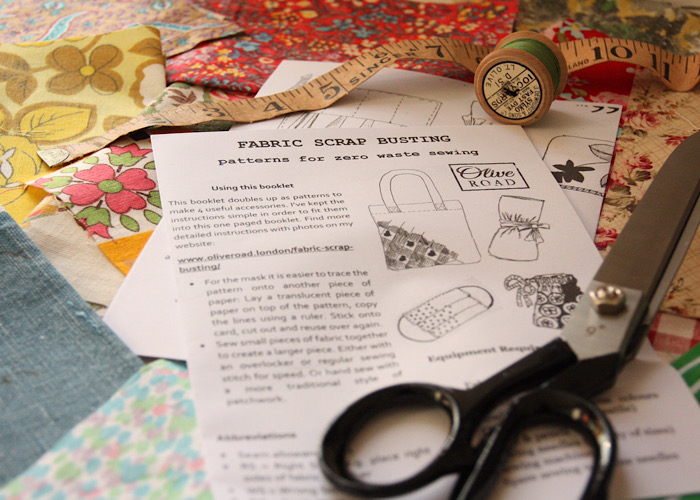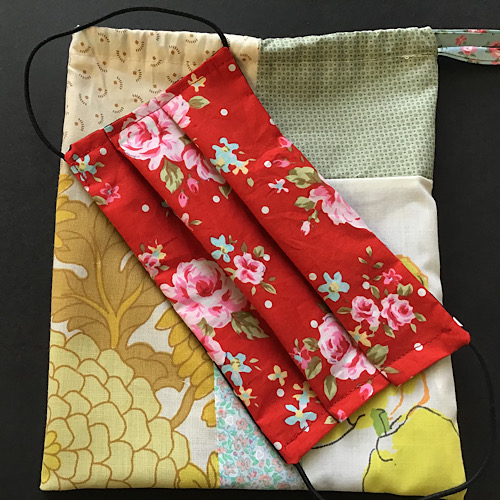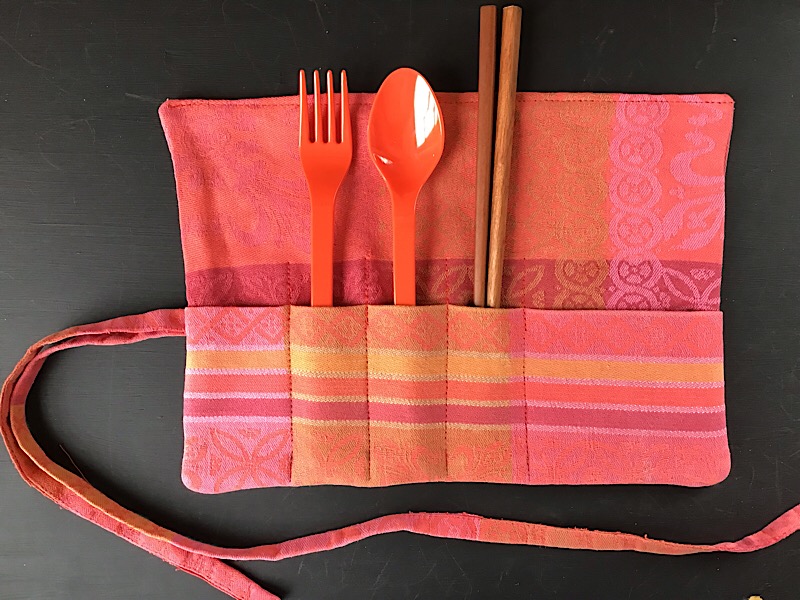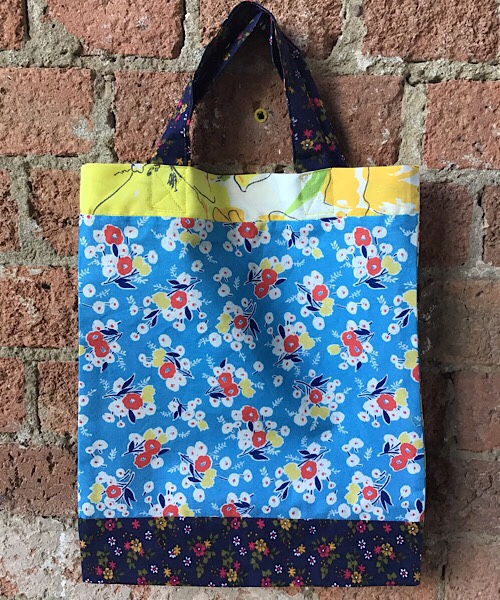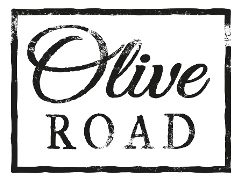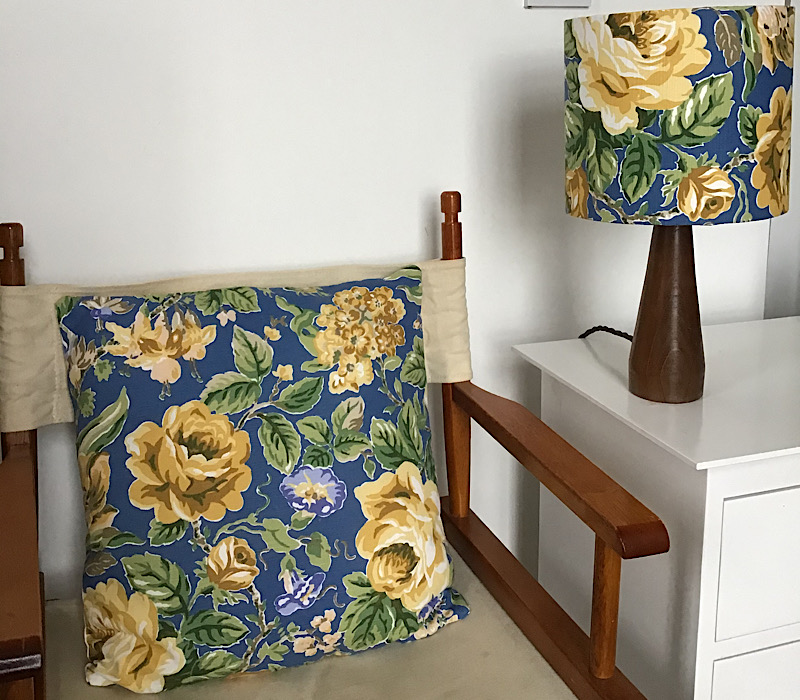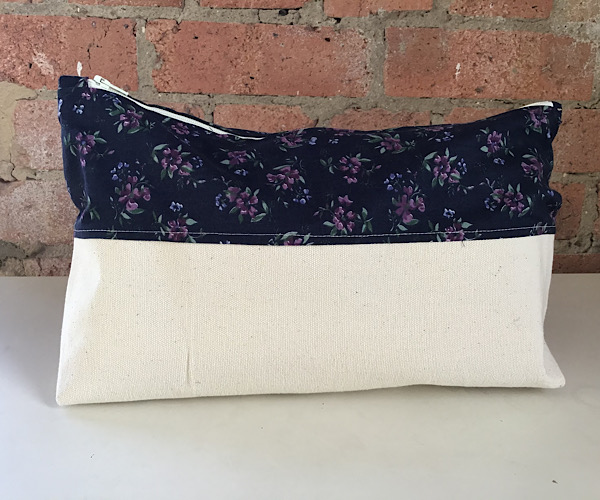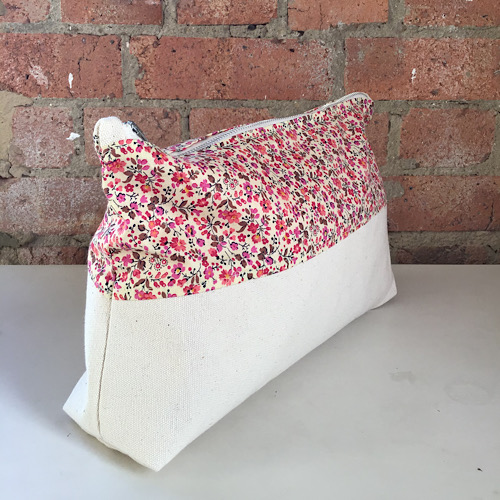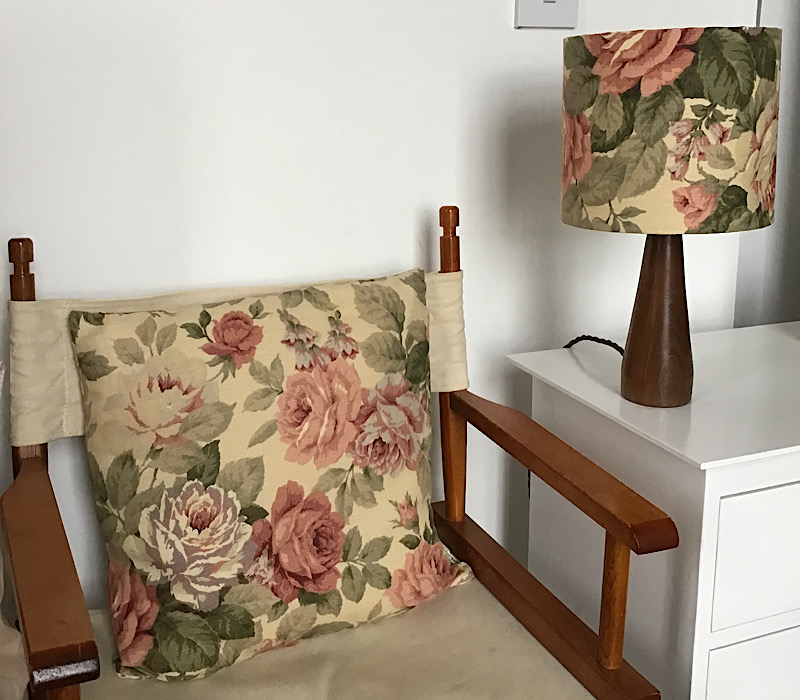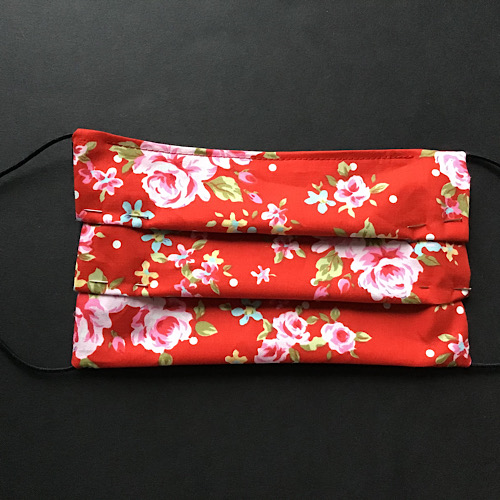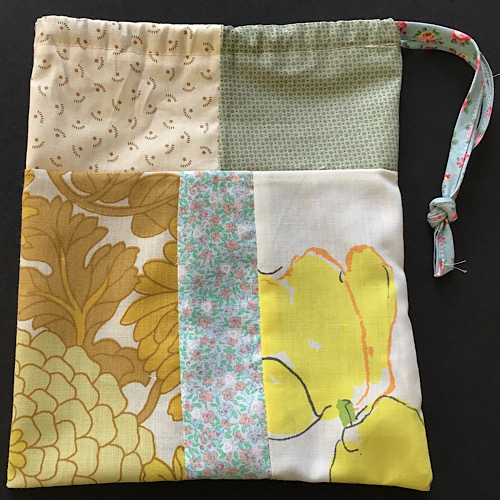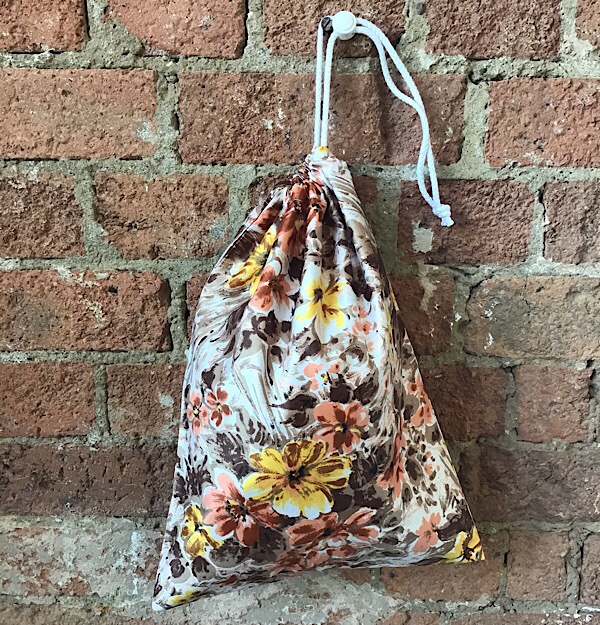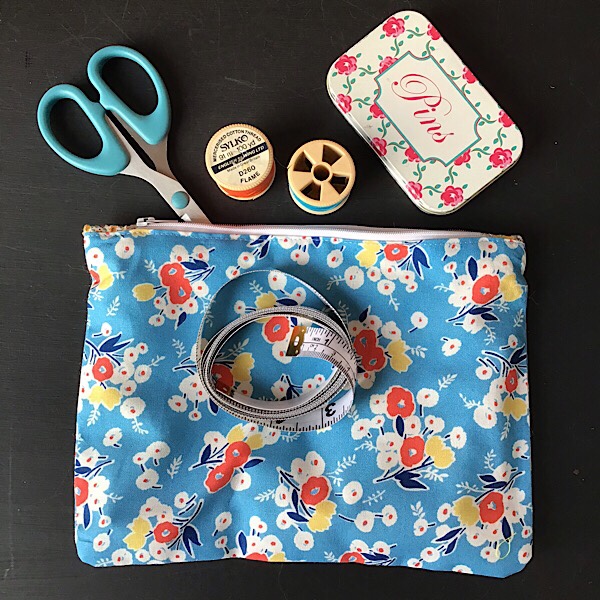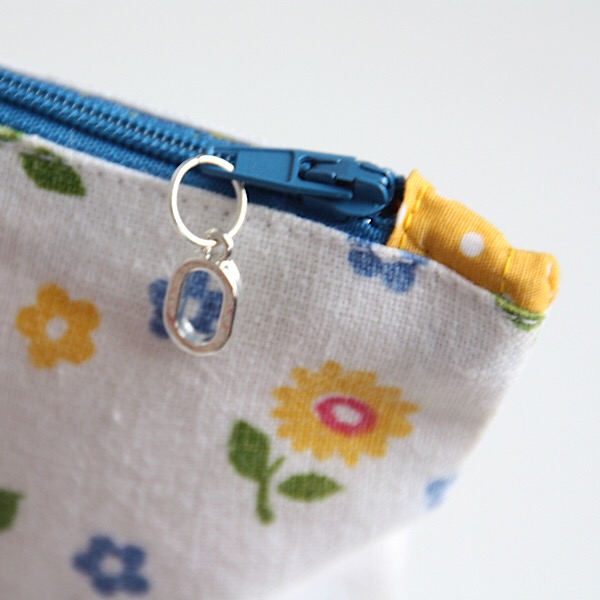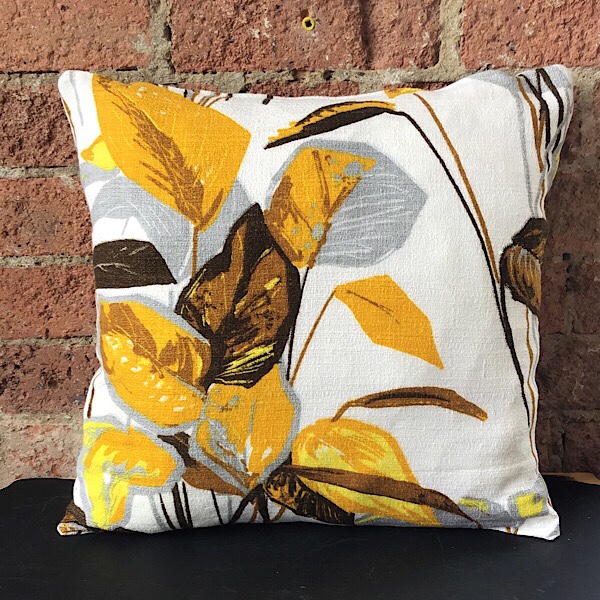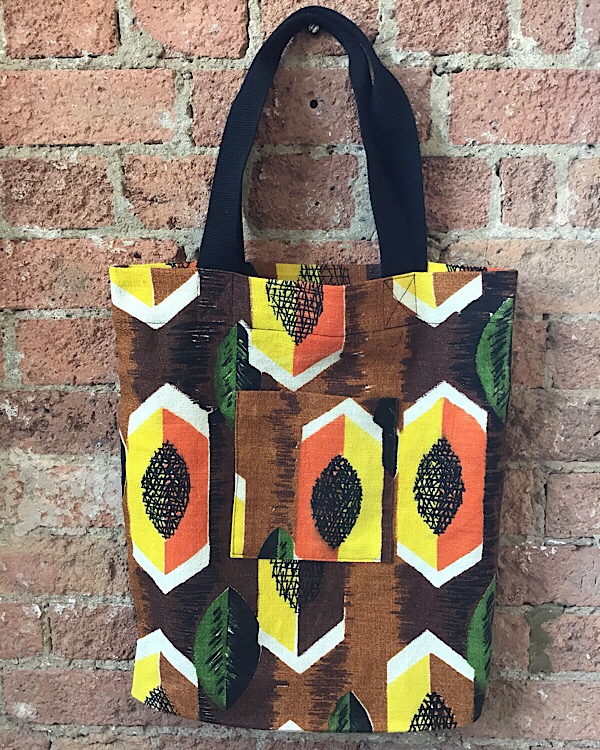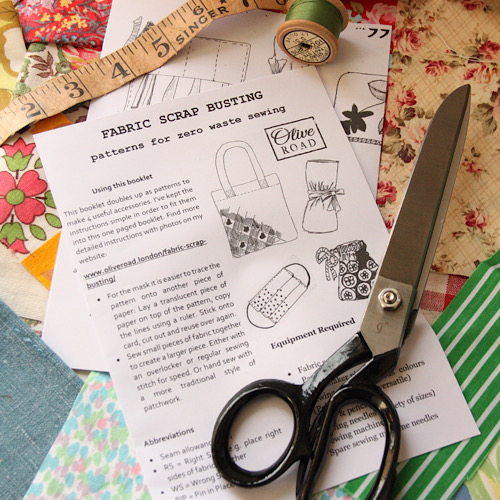
Top tips for zero waste sewing
“Waste in fashion can be redesigned and minimised. It can be a massive problem
or could be an untapped never-ending resource”
Loved Clothes Last: Fashion Revolution Issue #2
If you have found my website it is likely that you already make and alter your own clothes rather than buying fast fashion. As sewists, we can still do more to help the environment. Textile waste from the fashion industry is a major contributing factor to the environmental emergency, with 15-19% of fabric ending up on the cutting room floor during the manufacturing of clothes according to the ‘Fixing Fashion’ report from the UK Environmental Committee 2019. The issue is the same when we cut out our own clothes. On an individual basis, the waste is smaller but it soon amounts to a lot of fabric when you add all the waste of dressmakers together.
Now is the time to do something. Bring your activism home. Turn it into daily actions: mend, repair, resell, learn a craft, fix a shoddy hemline that needs a stitch. Investigate your clothes: look at the labels, expose their details, research the brands.
Fashion Revolution
Using vintage fabric is a good alternative to buying new fabrics. We are reusing materials that are already in circulation, preventing them from going to landfill. Preserving their history and giving them a new lease of life. Buying pre-loved means we are not using the Earth’s valuable resources by producing new textiles. Which ever type of fabric we use, we always end up with small pieces of scrap at the end of every project. Here are my top tips on using up those small pieces of fabric that would otherwise go in the bin.
My Top Scrap Busting Tips
1. Preventing Fabric Waste When cutting a pattern
When using a commercial pattern, layout the pattern pieces as per the instructions as a starting point. Does the layout leave big pieces of weird shaped fabric unused? Move the pieces around and see if you can leave bigger pieces that will make another garment. Try re-folding the fabric the other way, raw edge to raw edge. Ensure the edges are straight before folding. Instead of cutting pieces on the fold, add a 1cm seam allowance and sew two pieces together e.g. the front piece of a top can be joined down the centre front. Respect the grainlines marked on the pattern pieces and be careful with directional prints and nap fabrics. Make sure all the pattern pieces are facing the same way up.
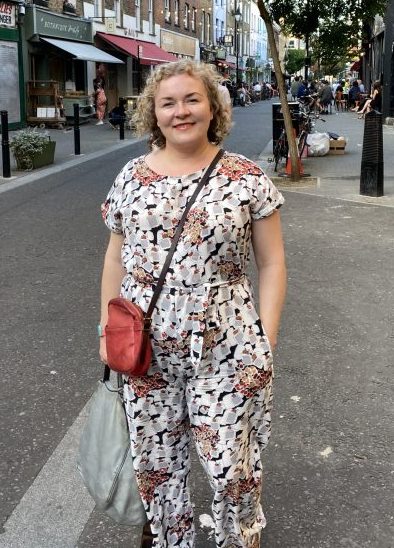
I managed to make this Sew Over It Poppy play suit from a narrow piece of fabric by moving the pattern around the fabric rather than using the layout in the instructions. I didn’t cut the fabric on the fold but cut the pieces out singularly. Ensure the pieces are mirrored e.g. for the front of the trousers, I cut one piece of fabric with the pattern piece facing up and the other with the pattern piece facing down. I was left with very little waste. Long pattern pieces such as waistbands and belts can be dissected two or three times into small pieces and joined together with a 1cm seam allowance.
2. Use co-ordinating fabrics from your stash
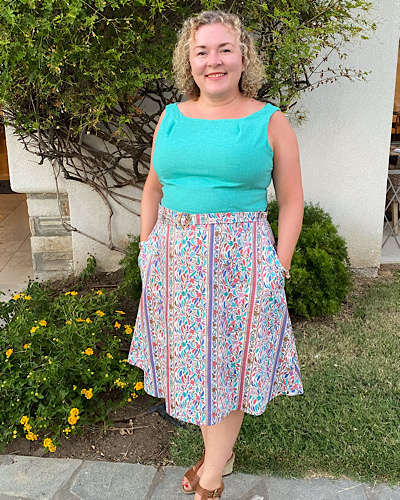
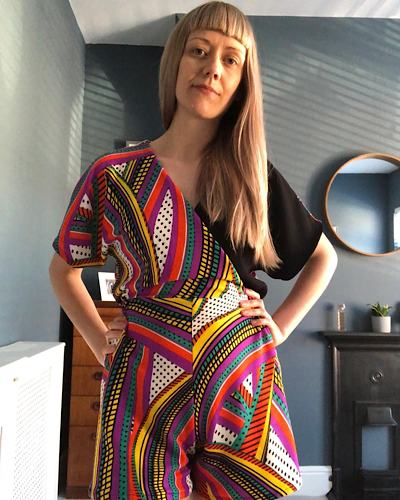
Following tip 1 can result in being left with half a metre of fabric in your stash, perfect for new dressmaking projects. I didn’t have enough vintage fabric to match the stripes on the Maven Barcelona dress pattern above. I used all of the fabric for the skirt and found a co-ordinating plain fabric in my stash for the top. I brought the two pieces together by making a belt (see point 10). Nic Ellis (@thurstonwho) ran out of this bold jersey fabric when she was making the Tilly & The Buttons Safiya Playsuit. She found a co-ordinating piece of black fabric just big enough to make the crossover top.
3. Make Small Accessories
Small bags are super handy to use for shopping, make-up, holiday packing, gym kit etc. and a perfect way to use up small pieces of fabric. I’ve created a range of patterns to help sewists use up their fabric waste. Choose from an oversized Betty tote bag, Mary zipper pouch and Olivia drawstring kit bag. Buy as a pattern or a kit, including all the trims you need to make the accessory. Some patterns are available as a pdf download (printable on A4 paper).
4. Clothes Patches
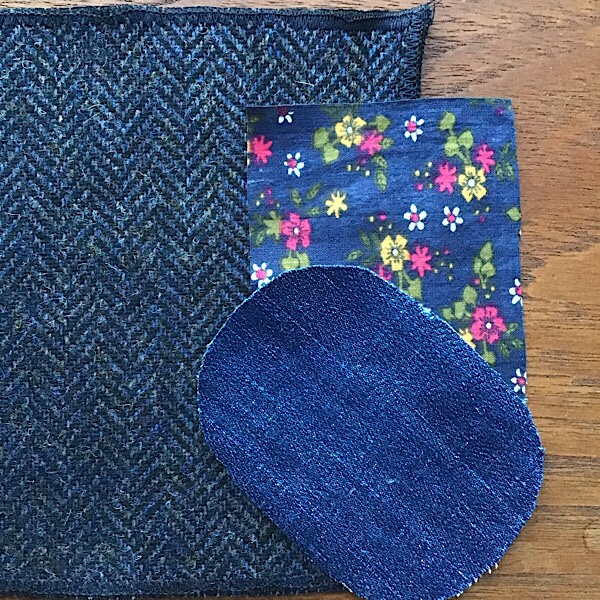
Jeans, jumpers, coats – they get a lot of wear! Become a ‘visible mender’ and add a contrast colour patch over holes. Using a simple overstitch or try the popular Japanese Boro technique. When patching clothes, it is important to match the construction of the fabrics. E.g. use jersey to patch stretch fabrics, use woven to patch woven. Match the weight of the fabric as much as possible too. Using a heavy weight fabric to patch a lightweight fabric such as chiffon or Tana lawn will cause too much stress and cause more holes. To make a patch, cut a piece bigger than the hole by about 1cm or to the preferred size to make a statement. Using an overlocker or zig zag stitch, finish the edge of the patch so it doesn’t fray. Safety pin in place over the hole making sure it isn’t too tight for movement (e.g. on elbows and knees). Stitch in place using an over stitch, blanket stitch or running stitch (Boro). I host a workshop with my friend Eleanor called Fast Fashion Therapy. We teach people to mend their clothes rather than throwing them away. Click here to view a video of Eleanor fixing a hole in a pair of jeans using the Japanese Boro technique. I also find it useful to save pieces of fabric left from alterations, as these can be used to patch clothes. Join us for one of our online workshops.
5) Make a Pocket
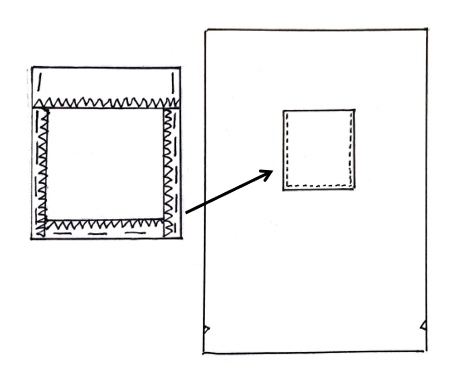
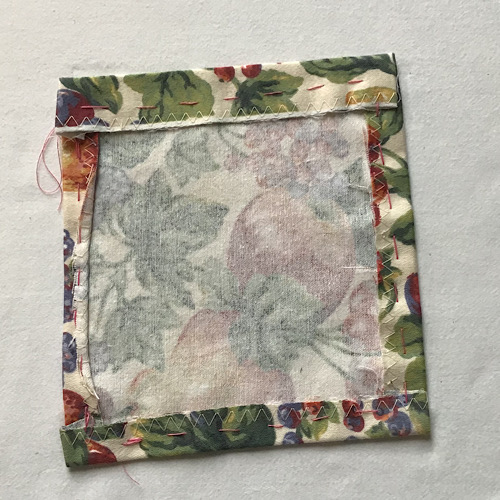
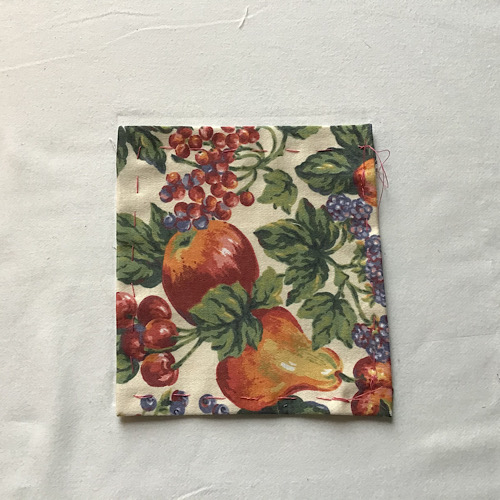
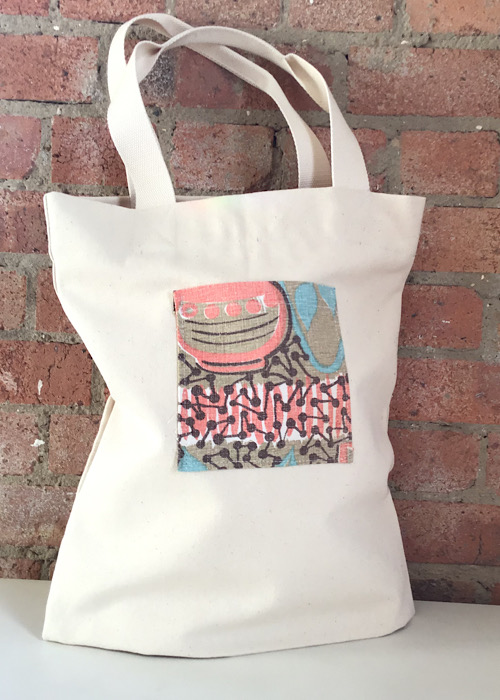
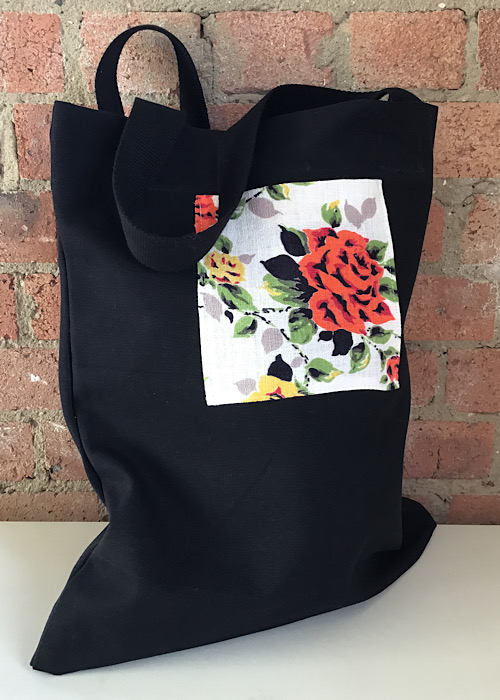
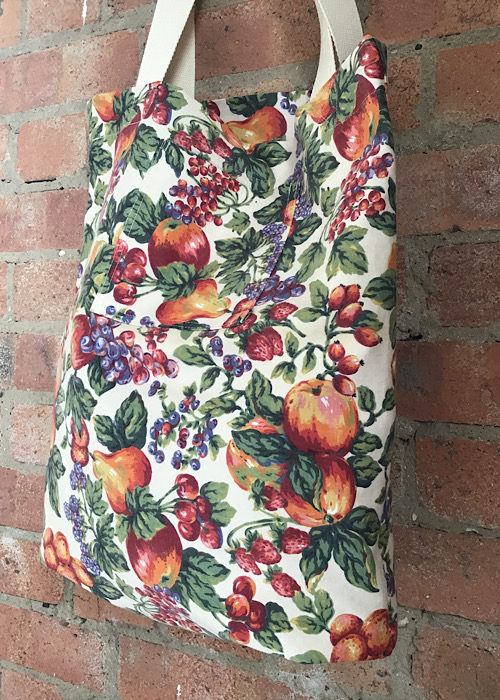
Add a patch pocket in a contrasting fabric to skirts, tops and bags. 1) Measure the size of pocket you would like and draw on a piece of paper with a ruler. 2) Add 1cm around 3 edges and 2cm to the top edge. 3) Cut out of fabric 4) Zig-Zag stitch or overlock around all four edges. 5) Fold over the edges of the pocket right side to wrong side by 1cm and press. The top edge should be turned over by 2cm. 6) Tack the seams to hold them in place. 7) Place onto the item and pin. 8) Top stitch around 3 sides, leaving the top edge open. Stitching should be 5mm away from the edge. 9) Undo tacks, give it a final press and your pocket is good to go! Inseam pockets are also really handy and easy to add when dressmaking. Tilly & The Buttons have a good free pattern to download here.
6) Make a quilted hot water bottle cover
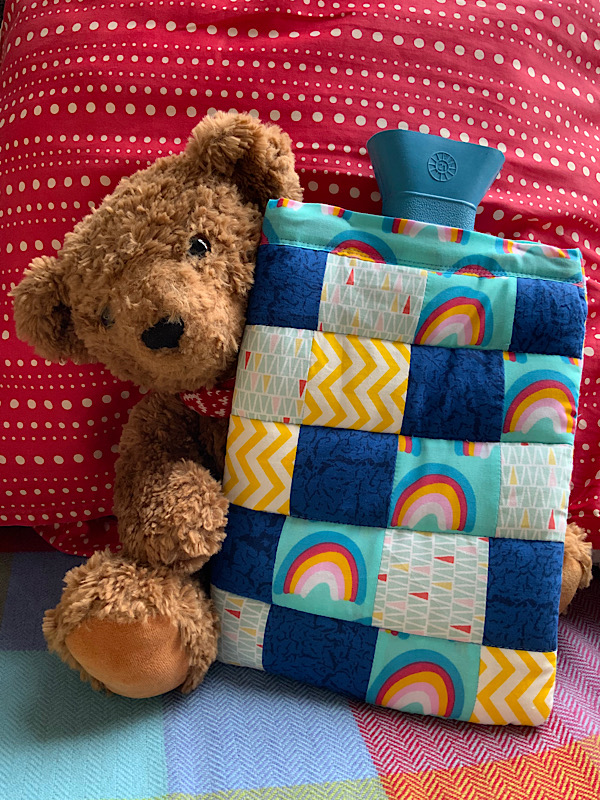
Creating a larger piece of fabric from small pieces of fabric is the most useful way of using up these scraps. It is time consuming but well worth the effort. This hot water bottle cover has been created by cutting the fabric into regular squares and attaching them using the sewing machine. I made it for my niece to cosy up to this winter. Find step-by-step instructions here.
7) Applique Letters
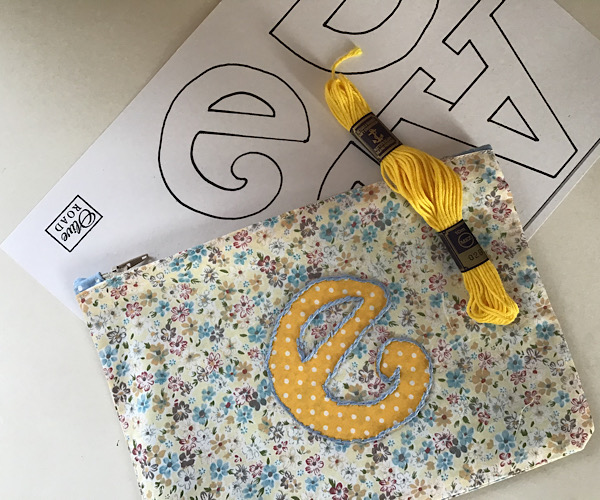
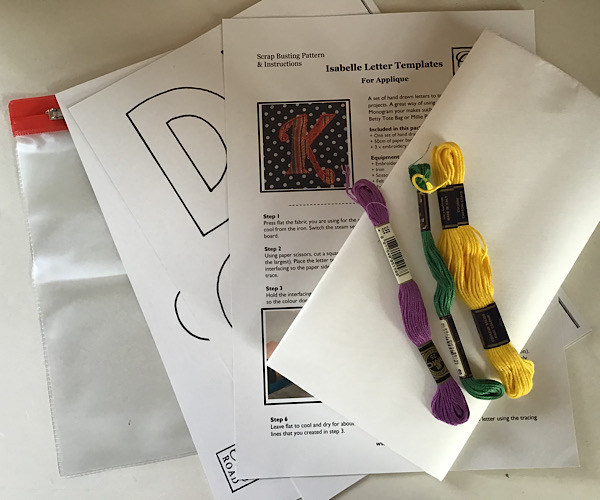
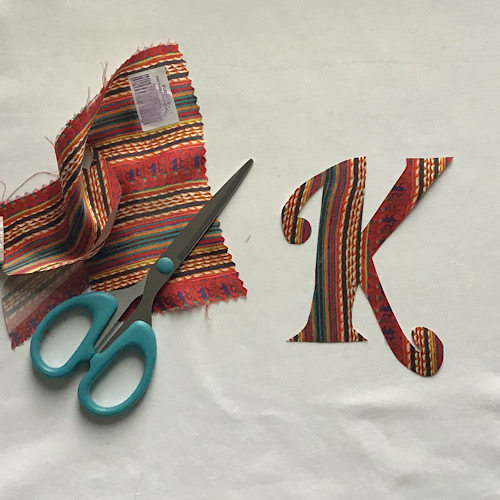
Adding monogram letters to your makes is really fun. I add mine to my Mary zipper pouches, as in the photo in number 7. It is simple to do and only uses up a piece of fabric around 8cm square. I’ve hand drawn all the letters and they are available as a pdf download (printable on A4) along with full instructions. Or buy the set as a kit, including paper backed fusible interfacing to secure the letter. I prefer to embroider around the edge of my letters so I’ve also included 3 colours of embroidery thread in the pack. Full instructions and 50g of vintage cotton fabric is included, all packaged in a plastic wallet to keep the glue dry.
8) Suffolk Puffs
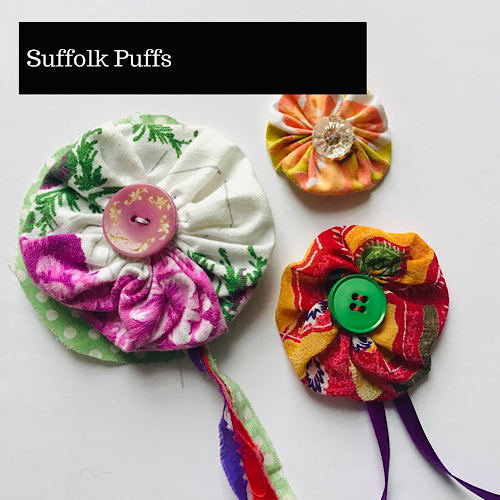
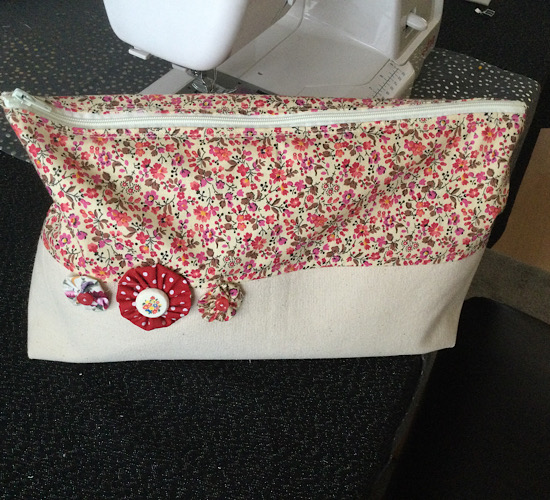
My favourite part of running a vintage fabric shop is meeting customers. It isn’t so easy for an online shop but I get to meet people at the fabric shows. Even during lockdown it has been great connecting with customers on social media and via email. Mera came along to the Stich Festival last February and has bought a few of my accessories from my Hochanda show. We have been exchanging fabric scrap busting ideas. Mera sent me photos of all the accessories she has made from my patterns and I noticed these great little Suffolk puffs. Perfect to use up small scraps of fabric left over from dressmaking. Click here for full step-by-step instructions on how to make a Suffolk Puff.
9) Create hoop art
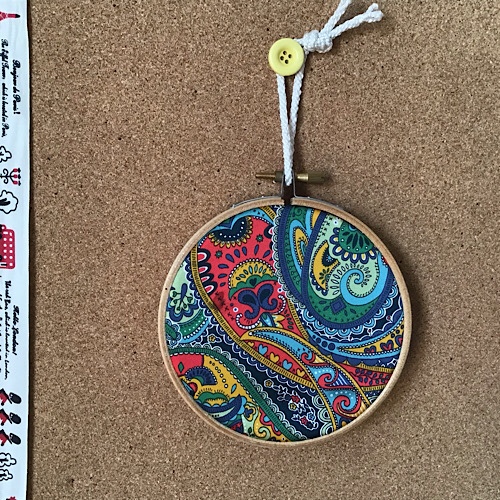
A super quick project for small pieces of fabric that brighten up your home. A cluster of different fabrics and sizes look great together. If you have a bit more time, how about embroidering over some of the fabric? Click here for instructions on this quick scrap busting project.
9) Create a Larger Piece of Fabric
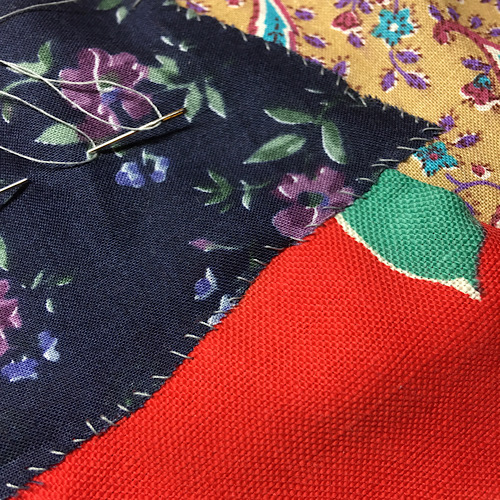
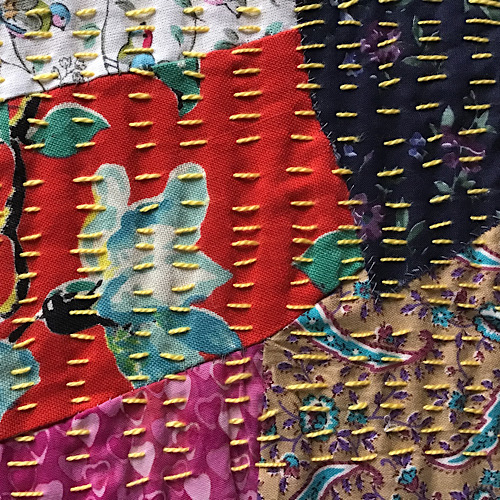
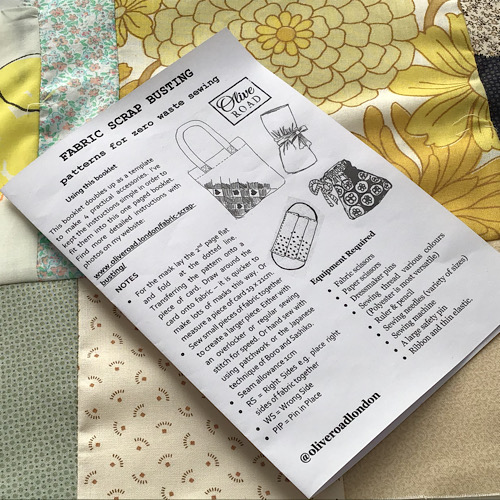
Some of my Scrap Busting Fabric patterns require bigger pieces of fabric such as Betty tote bag, Millie pinny and Gloria cushion cover. If you don’t have pieces large enough for these patterns then combine smaller pieces. If you are short on time it is easier to combine uniformly cut squares (photo on the right) but if you have more patience and want to create more of a patchwork look then fit a jigsaw of pieces together. I find this method easier to sew by hand in front of the telly. I did a boro style top stitch over the top to make it more secure, giving it an almost quilted effect.
10) Make a belt
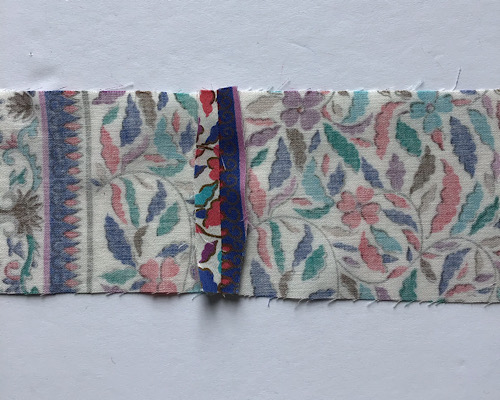
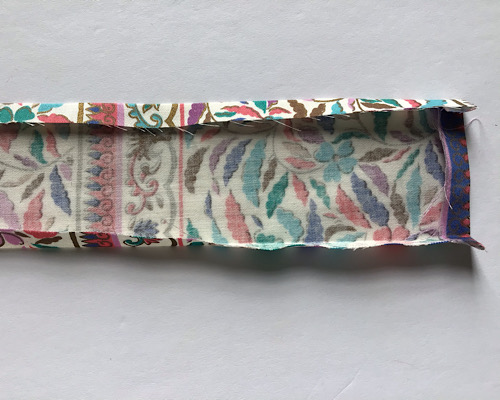
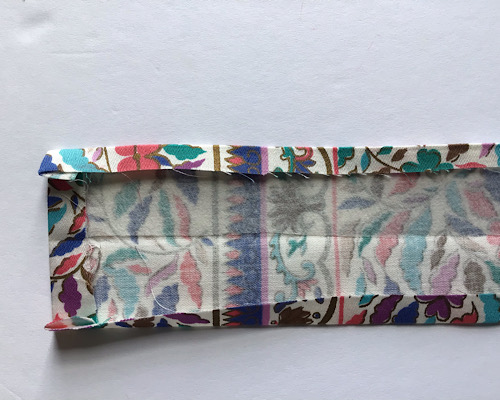
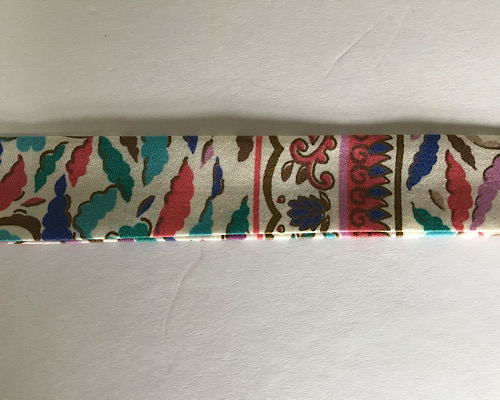
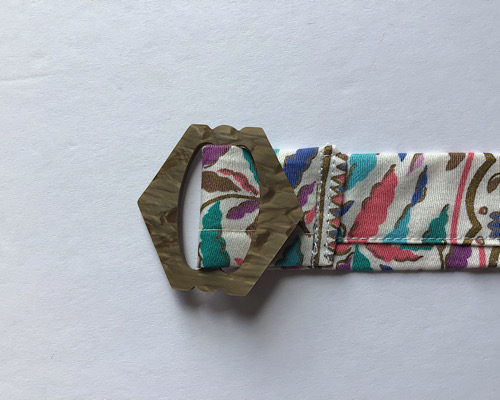
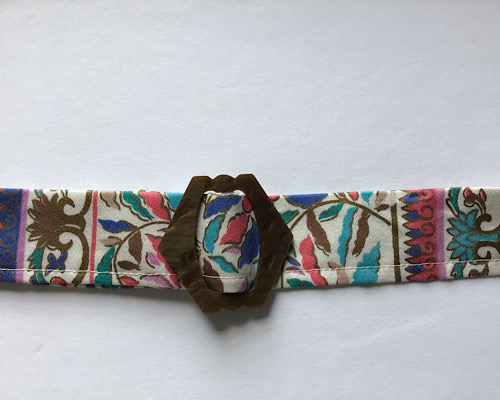
We are getting to the smaller pieces of fabric that are more difficult to be inventive with. I created a belt for my Mavern Barcelona dress. 1) Measure the width that will fit through the buckle – add 1cm SA then double the whole measurement. 2) Using this measurement Cut out long pieces of scrap fabric. I sewed a few together to create one long belt, I kept to the direction of the pattern and it hid the seam lines. Measure the belt around your waist, ensuring there is enough to sew the end of the buckle and enough to place the free end through the buckle (apx 10cm in total). 3) Press the joining seams flat 4) Press the long and short edges over by 1cm 5) Press the belt in half longways, keeping the open hemline on one side so it isn’t visible on the front. 6) Sew around the belt on the long and short edges. 7) Pull the short end of the belt through the buckle and stitch by hand or with your sewing machine. 8) My belt doesn’t have a prong but if yours does then you will need to make holes to secure the belt. 9) Belt loops on the dress are also useful and use up small pieces of fabric, I did without on mine.
11) Fabric Yarn
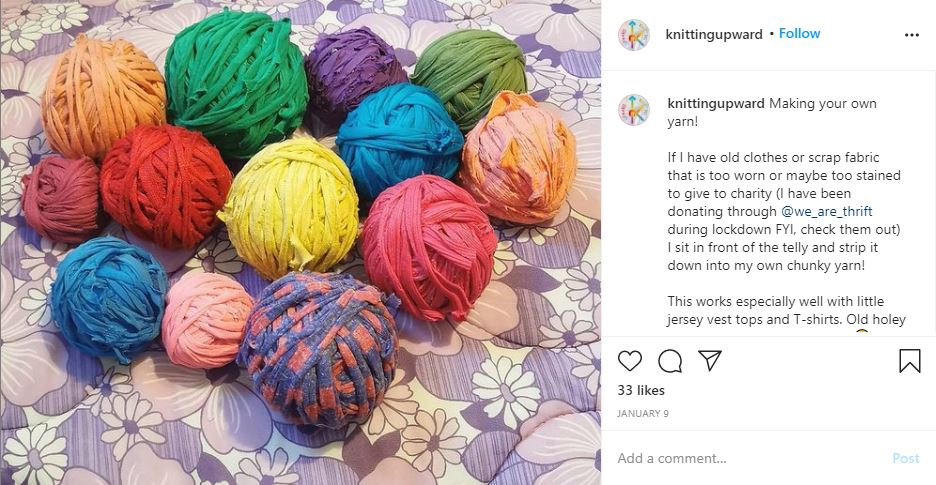
Fern from Knitting Upward has devised a genius way of creating knitting yarn from old jersey fabrics and clothes. She has given me permission to share this post of hers from Instagram. Check her out on Instagram and see the amazing cushions she has knitted from old textiles.
12) Stuffing
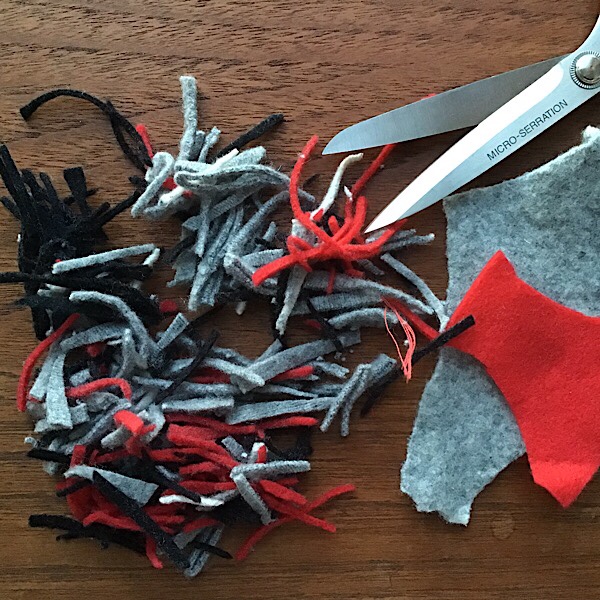
When it gets to the point where the scraps are so small no amount of inspiration is going to create a new useful item from fabric scraps, I shred them with fabric scissors as small as possible and keep them in a lidded box. Also useful for old socks and tights that are past darning. Keep topping up the box for a ready made supply of stuffing. Use for cushions of all sizes, small crafting projects such as Christmas decorations. I recently made a cushion inner with my fabric scraps, next on my list is a draft excluder al la 1970’s!
